

The SES provides teachers a platform to reflect on their students’ social/emotional needs based on key indicators of health and wellness. The purpose of the SES is to use data to drive our interventions and help set our priorities: to shine the light where it is needed most. Through this screening process we may realize that a specific teacher has a classroom full of students who need support with focus and attention, or that a handful of students across classrooms have been socially isolating and could use some targeted social skills support. We go into the screening process with an open mind, and with the help of our amazing Assessment and Evaluation team, emerge with detailed reports. These help us build a collaborative plan for addressing the most pressing needs of our youth.
Lighthouse Lead Counselor Courtney Cerefice took lead on implementing the screener on the Lighthouse campus this year. I asked Courtney to share about the experience of using this tool during a pandemic, and what she learned in the process.
What motivated you to implement the Social Emotional Screener this year

- Track teachers reported symptoms and behaviors over the course of the year for students that are in services,
- Plan for Tier 2 services in collaboration with other data (attendance, behavior, academic scores, and parent feedback).
- Support teacher-learning about classroom culture, management, the importance of brain breaks and movement opportunities, human development, etc.
- Support in SEL planning for Tier 1.
- Support the development of other Tier 1 opportunities (celebrations, whole school learning, classroom presentations and learning arcs, etc.).
What did you do differently this time during a year of distance-learning? What did you have to consider implementing?

We needed to spend a little more time with teachers to develop their understanding of what the screener is and what it is not. There was some reluctance to "diagnose children." There was lots of talk-through of the "behaviors" and "symptoms," and talking about how we can notice a behavior without turning that behavior into a diagnosis -- or worse, ascribing an identity to a child. This was a learning opportunity for our staff. A behavior is not an identity. Students are full-humans first and deserve to be seen this way.
With regards to the data that was returned to us, typically we would have looked at the data in teams (Deans, APs, etc.) and shared it out to the larger community. This needed to pivot this year. Scheduling time with our larger team was extremely challenging due to the many commitments these team members already hold. Instead, we chose to interpret the data as a clinical team and then share the recommendations out with our larger team. This is not ideal, but we recognized that waiting to get the data analyzed would potentially delay supports to staff that were very much needed.
What were you expecting from the screener? Were you surprised by the results?

What would you say to another school leader who has not implemented an SES tool before? Why and when should they do it, and what tips would you have for them?

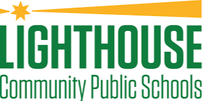


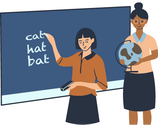












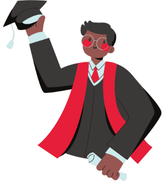

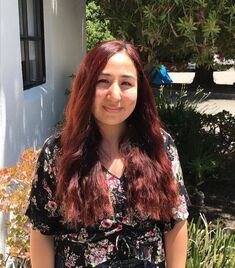

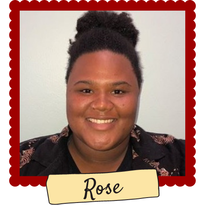
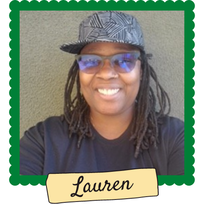





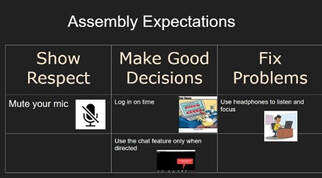

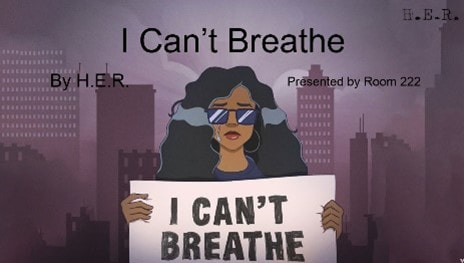
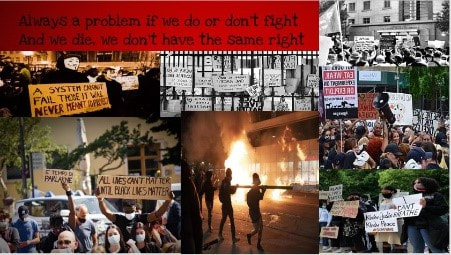

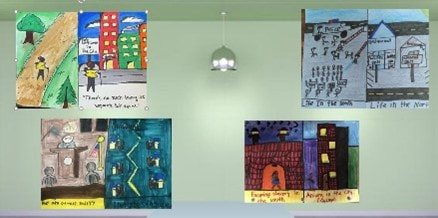

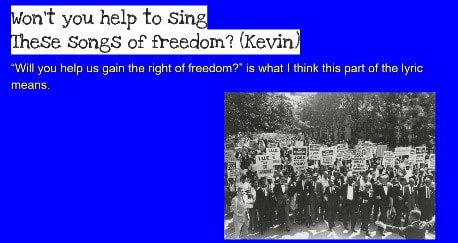


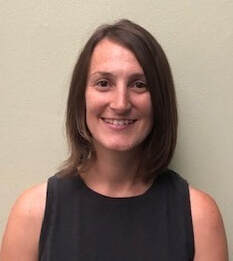



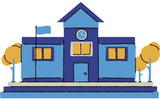
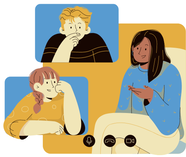
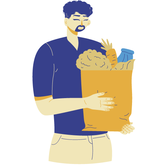



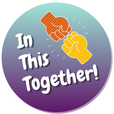

 RSS Feed
RSS Feed